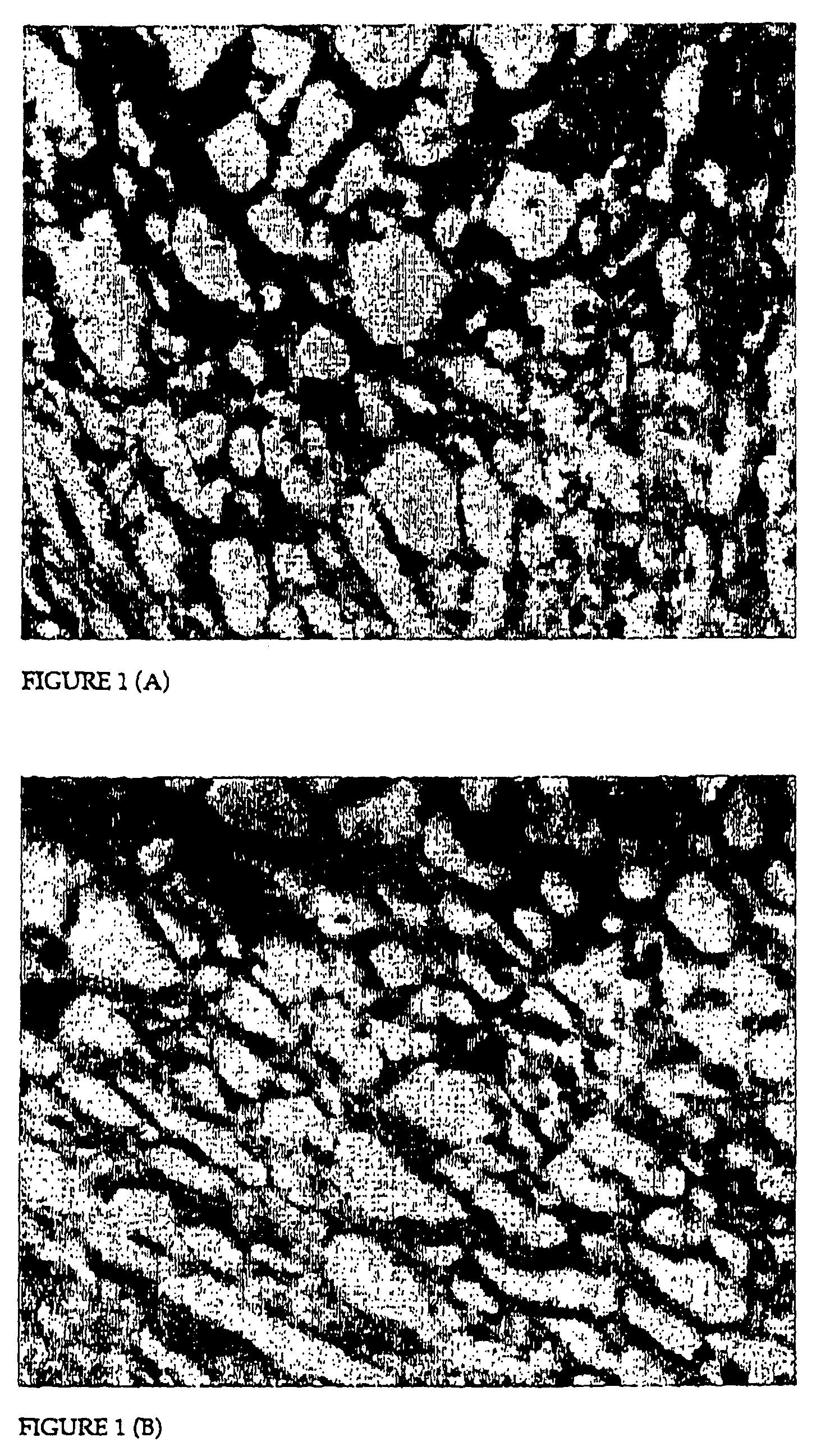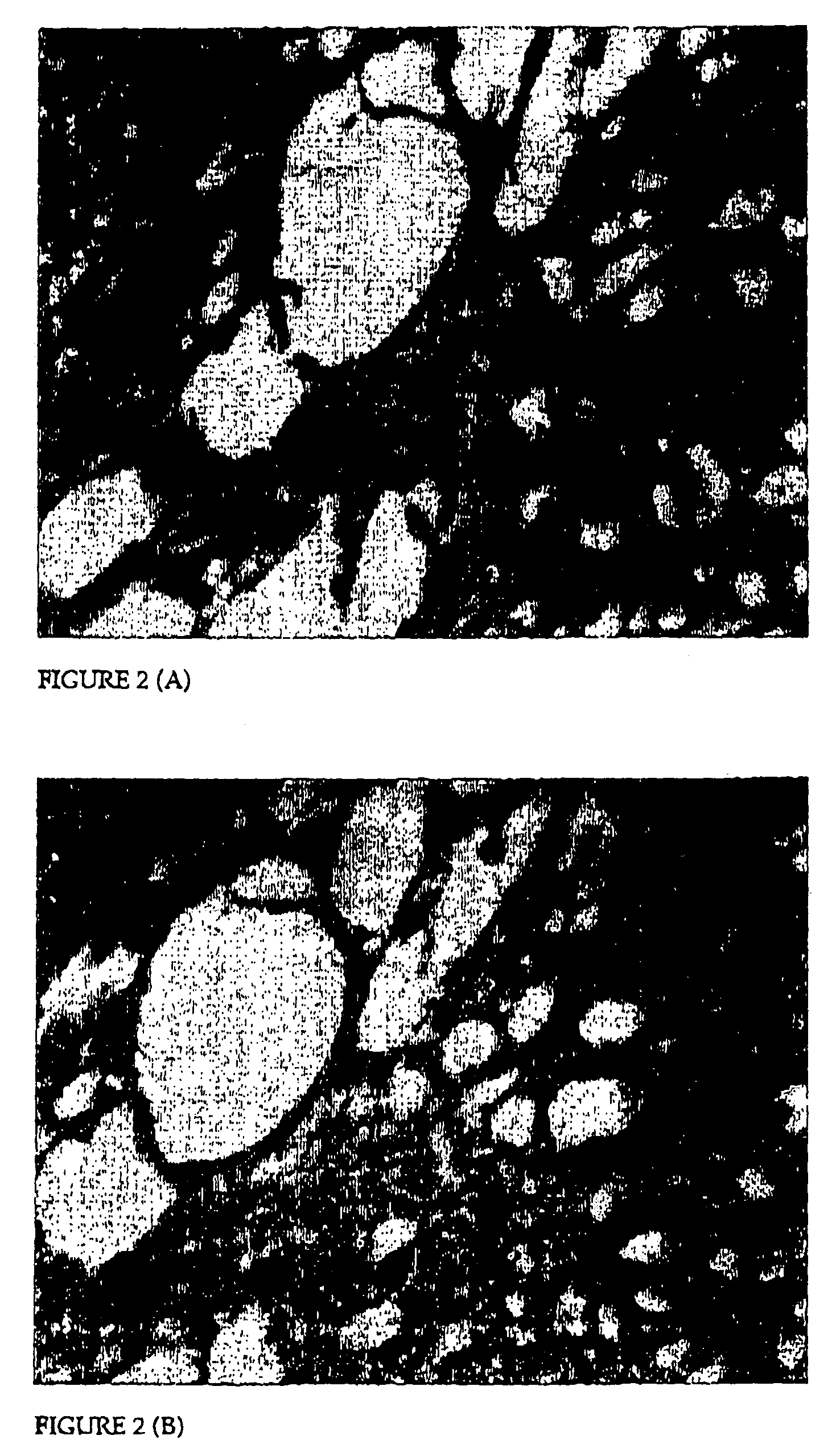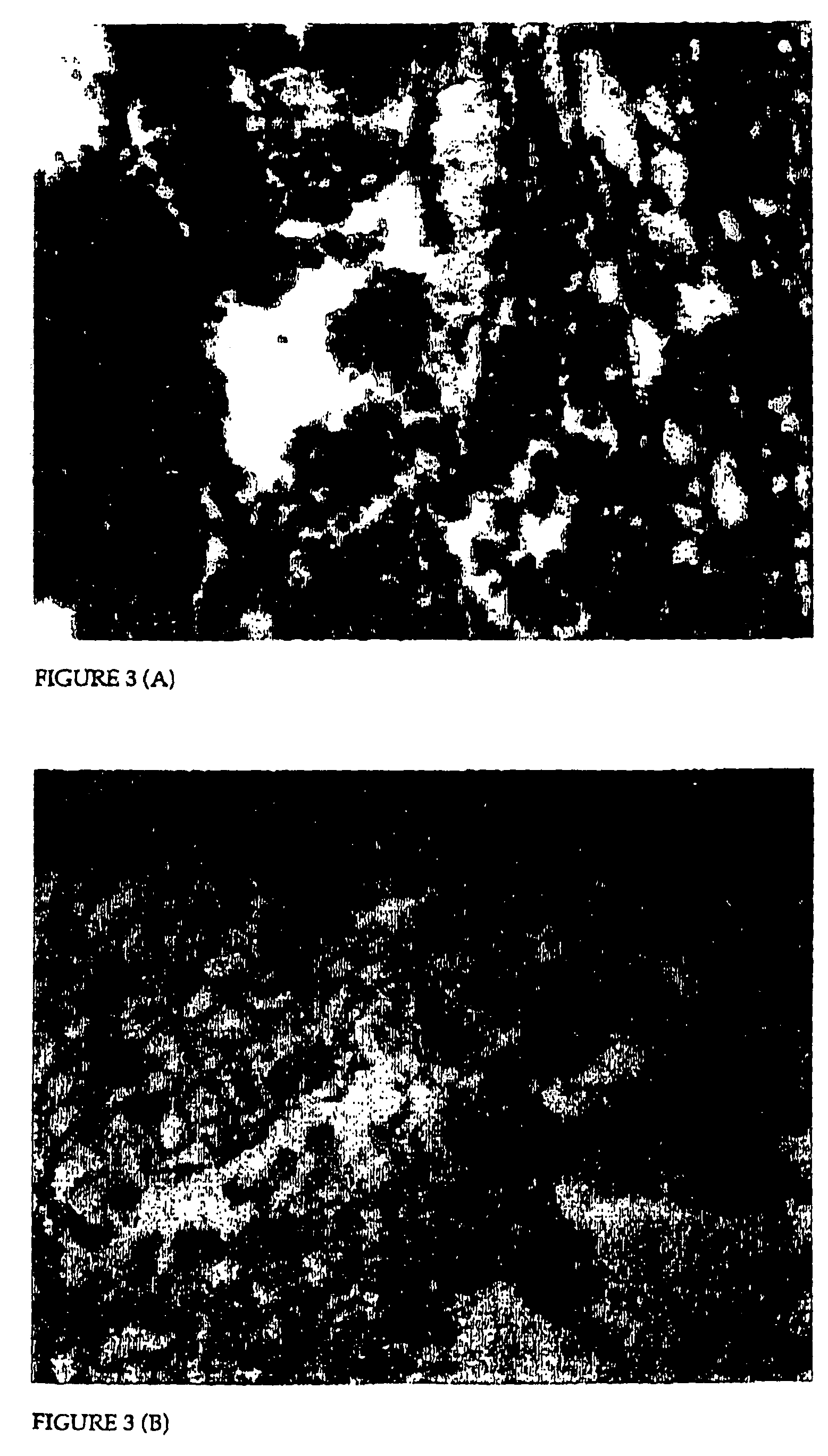Methods of diagnosis, prognosis and treatment of cardiovascular disease
a cardiovascular disease and prognosis technology, applied in the field of medical diagnostics, can solve the problems of alteration in some aspect of the function of mic-1 protein, increase in mic-1 basal levels, and increase in the risk of future cardiovascular events, and achieve the effect of inhibiting activity or expression
- Summary
- Abstract
- Description
- Claims
- Application Information
AI Technical Summary
Benefits of technology
Problems solved by technology
Method used
Image
Examples
example 1
Patients and Method
[0046]A prospective, nested case-control study was conducted among apparently healthy women participating in the Women's Health Study (WHS), an ongoing primary prevention trial of aspirin and vitamin E being conducted among 27,628 American women aged 45 and over, with no prior evidence of cardiovascular disease or cancer (19). Each study participant provided a baseline plasma and buffy coat sample which has been stored on liquid nitrogen until the time of analysis. Methods used for the collection, storage, and retrieval of these samples were as described previously (14, 19). As part of routine follow-up in the WHS, all study participants provided detailed baseline clinical information regarding usual cardiovascular risk factors, and on a biannual basis were contacted for evidence of incident medical disorders.
[0047]For the purposes of this analysis, case women were those, WHS participants who provided baseline blood samples and subsequently developed myocardial in...
example 2
MIC-1 Immunolocalisation within Atherosclerotic Blood Vessels
Methods, Results and Discussion
[0060]Atherosclerotic vessel sections from patients and APO-E gene knockout mice (20) were reacted with either polyclonal sheep anti-MIC-1 antibody or a control sheep antibody. The antibodies were diluted 1 in 2000 in PBS-Triton with 2% FBS using standard methods. Following washes, the sections were treated with peroxidase-labelled anti-sheep antibody and the areas of labelling visualised using DAB.
[0061]Both experimental atherosclerotic aortas from Apo-E gene knockout mice (FIGS. 1 to 4) and early and late stage atherosclerotic tissues from patients were positive to anti-MIC-1 immunostaining. MIC-1 immmunoreactive cells were mainly confined to the lesioned sub-endothelium at stage I (21). Significant proportions of endothelial cells, foam cells and smooth muscle cells were immmunoreactive to MIC-1 at each layer at stages II (FIG. 1) and III. As lesions progress to stage IV (FIG. 2), the majo...
PUM
| Property | Measurement | Unit |
|---|---|---|
| length | aaaaa | aaaaa |
| hydrophobicity | aaaaa | aaaaa |
| time | aaaaa | aaaaa |
Abstract
Description
Claims
Application Information
 Login to View More
Login to View More - R&D
- Intellectual Property
- Life Sciences
- Materials
- Tech Scout
- Unparalleled Data Quality
- Higher Quality Content
- 60% Fewer Hallucinations
Browse by: Latest US Patents, China's latest patents, Technical Efficacy Thesaurus, Application Domain, Technology Topic, Popular Technical Reports.
© 2025 PatSnap. All rights reserved.Legal|Privacy policy|Modern Slavery Act Transparency Statement|Sitemap|About US| Contact US: help@patsnap.com



